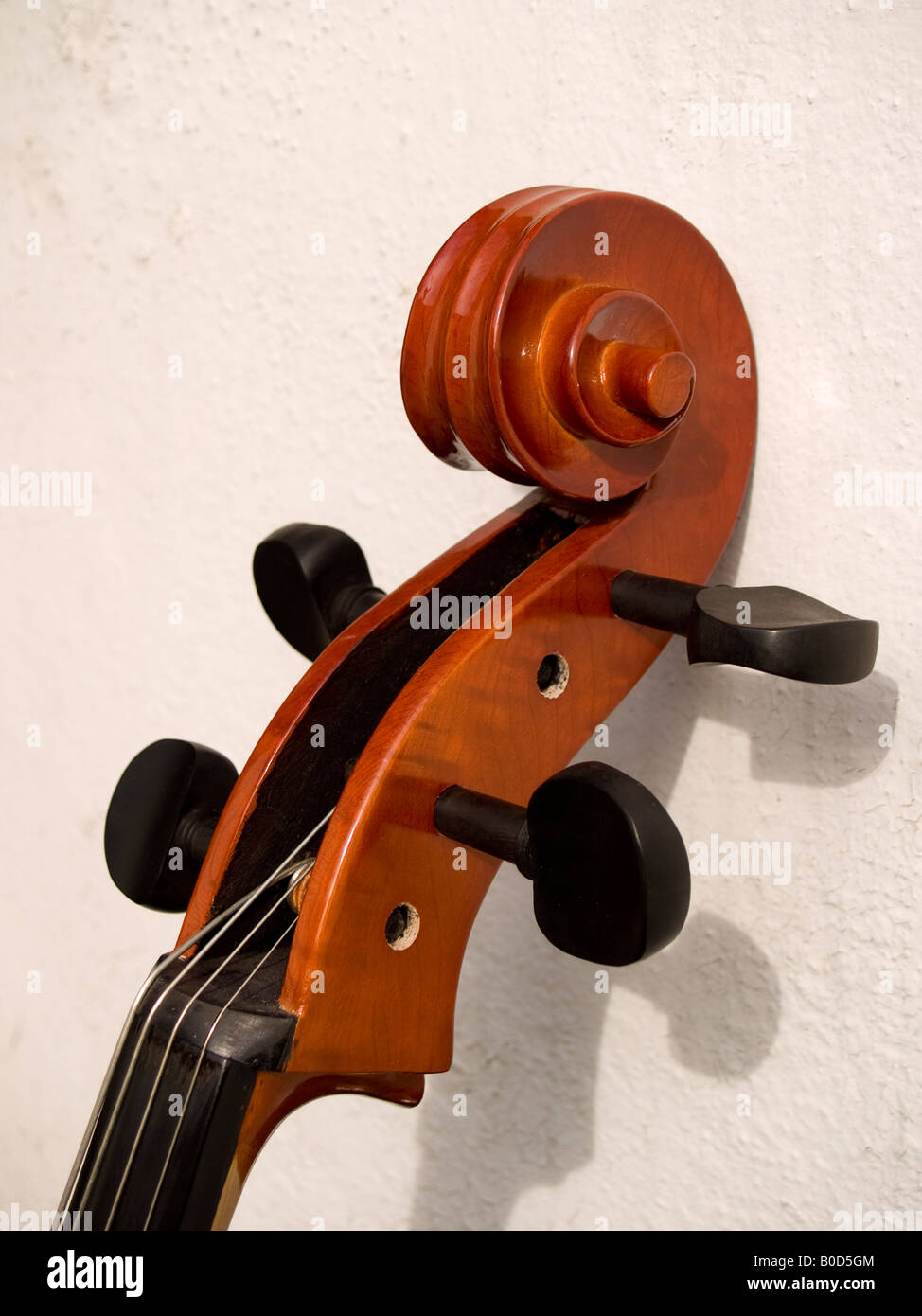Michael Kellough
Member
Michael Kellough said:That tapered rifler would be about perfect if the teeth went the opposite direction.



Michael Kellough said:These newell posts are thicker in middle than ends (I think the guy mishandled the planer and then sanded the marks out leaving the ends smaller)
PaulMarcel said:Hate to say it, but they seemed rather sloppy and left you a lot of work to correct it after making it significantly more difficult to do. For example, that the flutes had so much burn and terminated rather randomly
Crazyraceguy said:Looks like you have done a fine job of cleaning that up.
Seems like finishing in place might be a bit of a challenge too.
Cheese said:But I'm having issues with the outlying local pros that I've interacted with...ya they maybe, but not so much...pros. They accomplish the job in the shortest amount of time possible but always need rework time after that.
